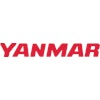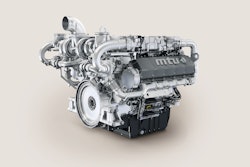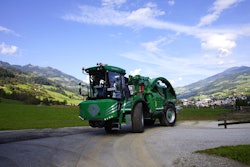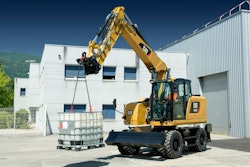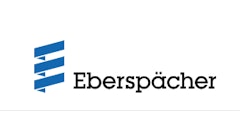The recent 8th Integer Emissions Summit & DEF Forum brought together industry professionals from around the world to discuss the challenges, the technologies and the future of emissions reduction in the heavy-duty on- and off-highway vehicle markets. A blend of OEMs, aftertreatment technology providers, engine manufacturers and association officials presented and conversed on topics ranging from market analysis to Stage V EU regulations to out-of-the-box technology solutions.
One topic that surfaced several times was the "All of the Above" solution to reducing emissions. There is not going to be a single solution that magically works for every vehicle's specific variations in applications, environments and duty cycles. Each vehicle can have unique space constraints, NVH requirements, emissions cycles, dosing strategies, ambient temperature and altitude challenges...the list goes on. To think that there could be one solution for all of the variation in the on- and off-highway vehicle market is at best wishful thinking.
Beyond the complexity of individual vehicle needs, there was also a reminder to recognize the different regional requirements for the emissions market in emerging economies such as India and China. "Economic challenges are real," stated Simon Guest, Global Marketing & Product Planning Leader at Cummins Emission Solutions. The high cost solutions currently being integrated into high-end equipment is not a feasible solution in these countries. Emissions reduction technology developers must consider these economic limitations to meet the needs of that specific customer base at a lower cost. Flexible and modular aftertreatment system design is a key target for current and future aftertreatment systems to allow for easier adaptability for unique applications.
During a panel discussion, Michael Pankonin, Senior Director - Technical & Safety Standards at AEM, posed several questions about the idea of "Harmonization" to bring a global standard for emissions regulations. The idea was met with mixed feelings about whether harmonization would ever be achievable, even in a perfect world with an established infrastructure to standardize fuel quality and accessibility. Again, the challenge of application variation surfaced as a hurdle that could stand in the way of regulatory harmonization.
In the end, Guest made an interesting statement about the idea of harmonizing regulations and finding a single solution to move beyond the "All of the Above" technology solution. "We live in a rapidly changing world, so the silver bullet today is not the silver bullet tomorrow." The simplicity of the statement struck me. The world around us is technologically evolving at such a fast rate that many can't keep track of it all, so even in a utopic scenario, to attempt to predict a cure-all technology that would solve the world's emissions challenges is too difficult to even speculate for many.
What about you? Do you have ideas of a single solution that could revolutionize the emissions reduction world? Send it my way. I'd love to hear about it.
Michelle Kopier
Twitter: @OEMEditor




